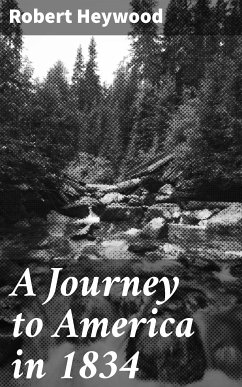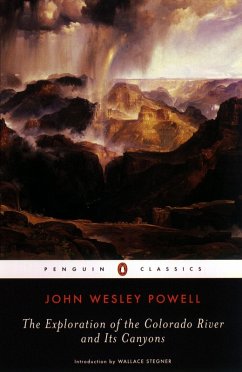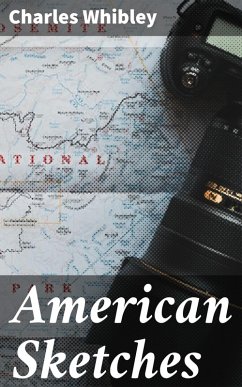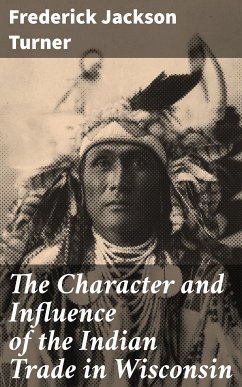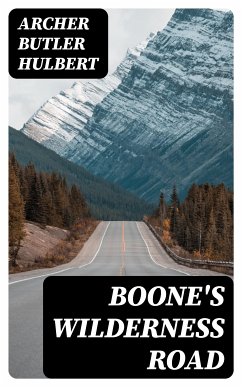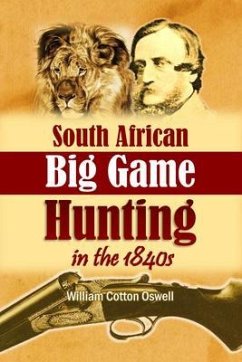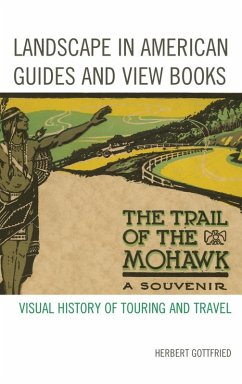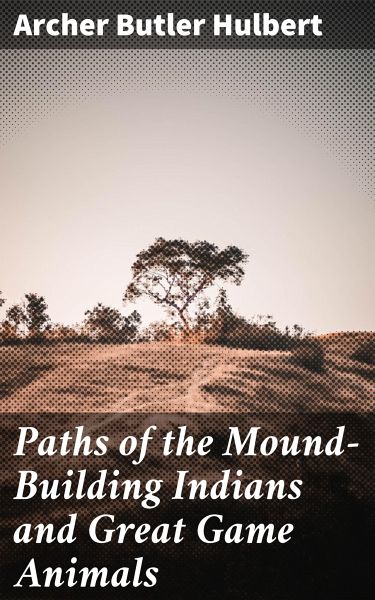
Paths of the Mound-Building Indians and Great Game Animals (eBook, ePUB)
Echoes of Ancient Paths and Majestic Wildlife

PAYBACK Punkte
0 °P sammeln!
In "Paths of the Mound-Building Indians and Great Game Animals," Archer Butler Hulbert presents an intricate exploration of the ancient mound-building cultures of North America and their symbiotic relationship with the region's wildlife. Hulbert employs a narrative style rich in detail and imbued with ethnographic insights, weaving together historical accounts, archaeological findings, and environmental observations. The book serves as both an anthropological study and an ecological examination, contextualizing the mound-building societies within their geographic and temporal landscapes, thus ...
In "Paths of the Mound-Building Indians and Great Game Animals," Archer Butler Hulbert presents an intricate exploration of the ancient mound-building cultures of North America and their symbiotic relationship with the region's wildlife. Hulbert employs a narrative style rich in detail and imbued with ethnographic insights, weaving together historical accounts, archaeological findings, and environmental observations. The book serves as both an anthropological study and an ecological examination, contextualizing the mound-building societies within their geographic and temporal landscapes, thus offering a compelling discourse on human interaction with nature throughout history. Archer Butler Hulbert, an early 20th-century historian and geographer, drew extensively from primary sources and firsthand accounts in his research. His fascination with the American landscape and its indigenous populations was rooted in both personal interest and a commitment to preserving the narratives of marginalized voices. His background in geography also informed his understanding of how the physical environment shaped cultural practices, enabling him to craft a narrative that is at once informative and captivating. "Paths of the Mound-Building Indians and Great Game Animals" is highly recommended for readers interested in Native American history, archaeology, and environmental studies. Hulbert's engaging prose coupled with his thorough scholarship offers a unique lens through which to appreciate the complex legacies of these ancient societies and their enduring impact on contemporary environmental discussions.
Dieser Download kann aus rechtlichen Gründen nur mit Rechnungsadresse in A, B, BG, CY, CZ, D, DK, EW, E, FIN, F, GR, H, IRL, I, LT, L, LR, M, NL, PL, P, R, S, SLO, SK ausgeliefert werden.




